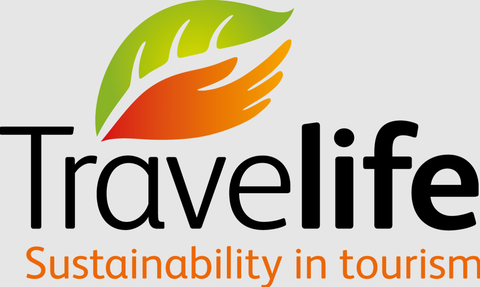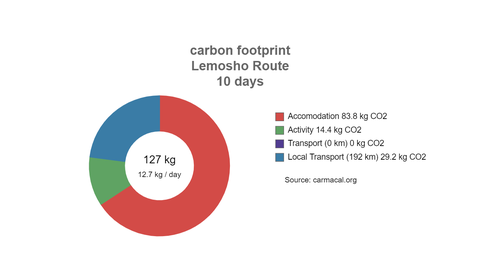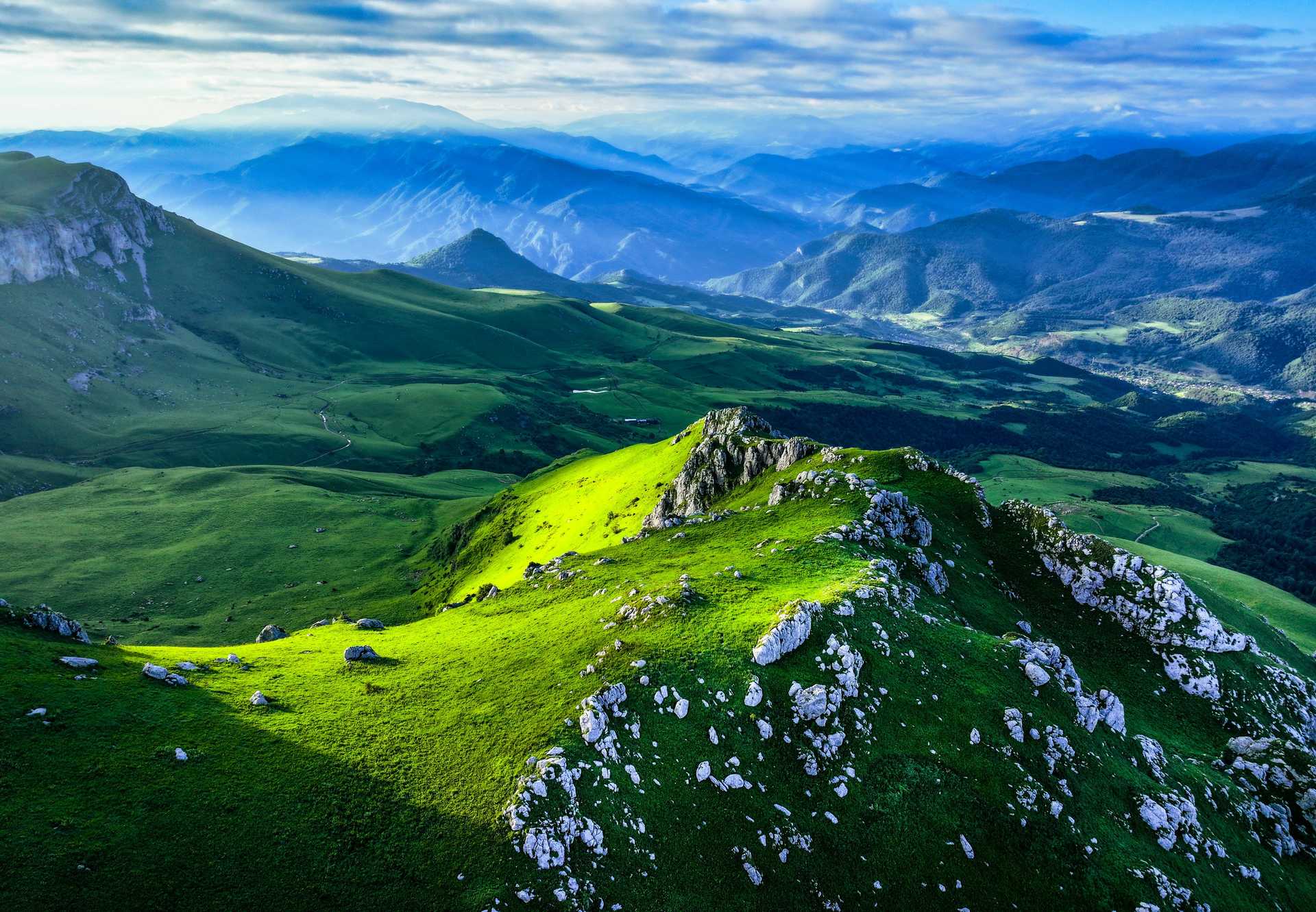We want the methods we use to calculate our Carbon Emissions to be completely transparent so our guests can understand how their trips are being offset, why this is important and how they can make their travel more sustainable. With this in mind, we want to show in detail how we calculate our emissions and how this is then converted into C02 tonnage.
Step One - Collecting Data
When collecting carbon data there are three areas of 'Scope' that need to be taken into consideration:
Scope 1 - Emissions from products owned directly by us, such as fuel in vehicles
Scope 2 - Emissions from secondary sources such as electricity used in office buildings and hotels
Scope 3 - Emissions from suppliers and subcontractors further down the chain, such as the emissions from the laundrette where we wash our sleeping bags
For each trip we collect information on these three Scopes of emissions, for example:
How many nights do participants stay in Hotels?
How many kms do vehicles travel?
What type of vehicles are used?
What activities are partaken in on the trip?

Step Two - Calculation
We then use the Carmacal calculator which is linked to sustainability company Travel Life, who specialise in tourism specific sustainability management, to calculate our emissions for each trip. The entire Altai Group, which Kandoo are members of, are Travelife certified - which is an international recognition of our commitment to sustainable development and social responsibility, as in order to be certified we must make long-term efforts to comply with over 200
criteria to promote responsible tourism in our products. Part of this commitment is using the Travelife Carmacal tool for our calculations. Carmacal has specific calculations for 25 transport modes, 500 thousand accommodations, 35 million flights and 21 specific activities, enabling us to achieve accurate results that are unique to our products.
It is important to remember that although we are doing our best to ensure our calculations are as accurate as possible, it is impossible to calculate the exact amount of carbon emissions each trip will produce, as there are too many variable factors to consider. This is why, when we write the total amount of carbon emissions the trip produces it will be displayed in eC02 (estimated C02).
Step Three - Data Analysis
Once calculated, Carmacal produces specific data that allows us to view the areas in which we are producing the most carbon emissions, allowing us to improve our methods for these areas, if necessary. Here is an example of the data we can see for our Lemosho Route on Kilimanjaro:

Step Four - Offsetting
Once we have a total eC02 for the trip, it is added to a huge spreadsheet containing every trip in our catalogue. Based on the previous years numbers we can then estimate the total carbon emissions produced by our trips for the coming year.
In November each year we contact our partner, Forest Carbon, with these forecasted emissions and send them the equivalent in money to offset our emissions through supporting local projects in Indonesia, Peru and the UK. For more information on Forest Carbon and the projects we support click here.










